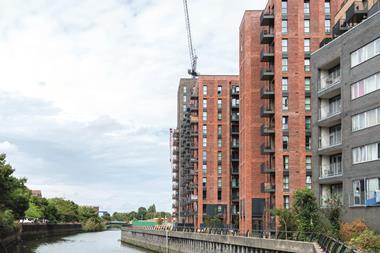The government’s latest steps in reorganising the planning system to accelerate delivery was heralded earlier this week, followed by more detail in its newly published planning reform paper.

But can we have it all – a faster planning process, delivering high-quality decisions, and developments in locations where people want them and at a price they can afford and developers can build them for?
We need the detail. How will the Local Plan process change while allowing for constructive consultation? How will local authorities plan for future housing – will we see the welcome return of regional planning? What is required in terms of developer contributions and infrastructure delivery, and what does this mean for CIL? With heritage, when is it right to protect and when should we renew? Equally, what does this mean for local authorities protecting their town centres, or public sector organisations with large landholdings?

Ultimately, planning is but one tool for delivering growth. Smoothing out the process is always welcome, but to truly unlock delivery we need to come back to financing.
More resourcing is essential at all levels. How can local authorities adopt, maintain, and enforce this new approach? And while developers may find themselves funding local infrastructure more than ever before, how will regional and national networks be upgraded to keep pace?
The property industry is most effective when it has certainty, so there’s a risk now that these changes could, counterintuitively, slow delivery as we assess likely outcomes for particular sites, assets and portfolios. It’s worth bearing in mind that all of these changes are going to take time and political will to bring into effect. Until then, business as usual must surely be the maxim, even as we monitor local areas and engage in the planning process more than ever before.
Craig Blatchford is partner, head of planning at Montagu Evans






























No comments yet